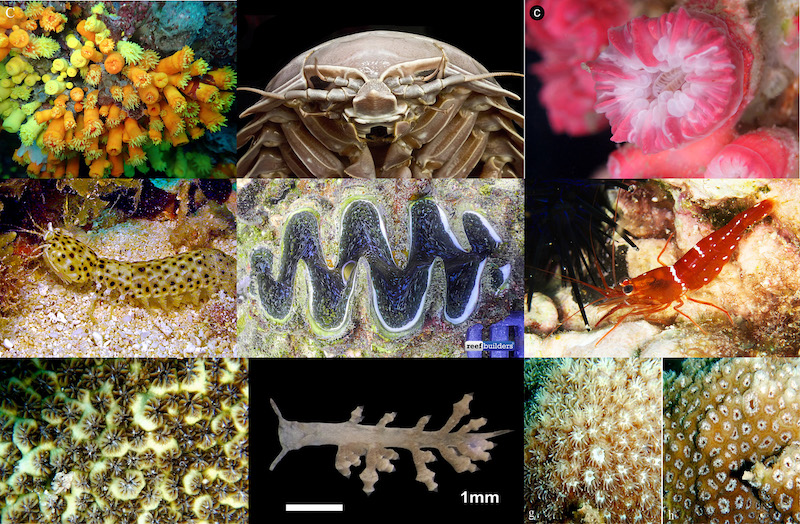Although reef aquarists encounter new forms, colors and strains of reef corals, new species of Octocorals and Scleractinia are few and far between. While this year may have featured a few new species of corals, these are mostly cryptic species such as the Leptastrea which are hard to distinguish, and actually cryptic species of azooxanthellate and deepwater corals like Coenocyathus and the completely new Atlantia genus.
In stark contrast to previous years we were treated to two new species of shrimp, one from the familiar and widespread Lysmata genus in the form of a cleaner shrimp from the central Atlantic Ocean, and another being an attractive new species of mantis shrimp. One newly described critter is not one we celebrate but an aquarium pest that is loathed by Montipora keepers since we finally got an official description for the Monti eating nudibranch, but one upside is that there it included some observations about its life cycle and how to potentially interrupt it.
But by far the most important new invertebrate description of 2020 wasn’t necessarily a new species, but a resurrection of Tridacna elongatissmia which was first described over 100 years ago! No matter how they come to the light of day, we appreciate the hard work of coral reef taxonomists and are always excited to see new species of corals, crustaceans and clams and we can’t wait to see what new inverts will be described in 2021.
Coenocyathus sebroecki, a New Species of Azoox Coral from Brazil
Ankersquilla pardus, a New Species of Leopard Spotted Mantis Shrimp
Lysmata napoleoni, a New Species of Cleaner Shrimp from the Middle of the Atlantic
Tridacna elongatissima ‘Resurrected’ in the Western Indian Ocean
Leptastrea gibbosa & L. magaloni, Two New Species of Stony Corals
Montipora Eating Nudibranch Finally Have a Name: Phestilla subodiosus
Parazoanthus atlanticus is a new species of Yellow Polyp from the Dutch Caribbean



